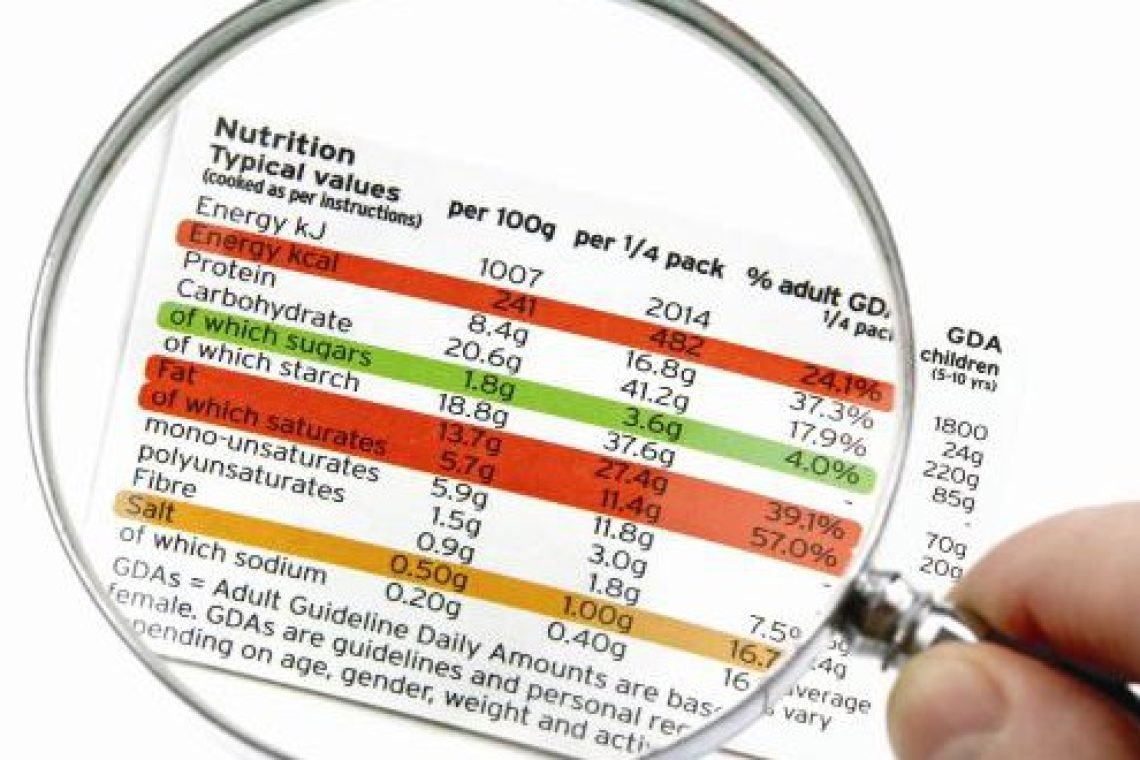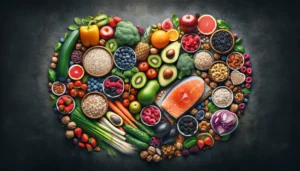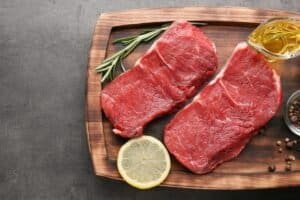Unfortunately, and confusingly, the ‘of which sugars’ on the back of the pack refers to both naturally occurring sugars in wholefoods and the sugars added to foods or released from foods. From my point of view this is extremely annoying as they have very different impacts on health!
Free sugars definition
Free sugars are the simple sugars that have been added to foods by the factory, cook or person. They’re also the simple sugars that are naturally found in honey and fruit/veg juice. Eating too much free sugar negatively affects health.
Although milk, natural yoghurt and whole fruit contain simple sugars, they are not included in this ‘free sugar’ definition. We do not need to cut down on these naturally occuring sugars when eaten in wholefood form (as they appear in nature!). In fact, research suggests we need to consume more of these foods to be healthier and help prevent disease. Despite their important role in a healthy diet, they are included in the total sugar number (aka ‘of which sugars’) found on food labels.
| Free sugars include; | Free sugar doesn’t include; |
| Simple table sugar Sugar cane, beet sugar, coconut sugar etc…. Golden Syrup or other syrups such as agave, maple Molasses or Treacle Honey Fruit/ Veg juice | The sugar naturally found in regular milk and natural yoghurt Sugar naturally present in fruit, including dried, canned and stewed Sugar naturally present in vegetables Sugar naturally present in grains and cereals |
Aim for less than 5-10%
WHO recommends that free sugar intake should account for no more than 5-10% of your daily calorie intake. Based on average adult requirements, this equates to less than 25-50g of sugar a day (6-12 tsp of free sugar each day). They recommend this as excessive intake of free sugars threatens the nutrient quality of the diet by providing significant calories with little other nutritional benefits. The literature shows that a high intake of free sugars and processed carbohydrate increases the risk of overweight/obesity and diseases such as diabetes and heart disease.
Considering the goal of many countries is to reduce the free sugar consumption of their population, you would think they would make it easier for people. As I mentioned, food labels don’t distinguish between free sugars and naturally occurring sugars.
An example of how confusing it is!
‘No added sugar’ muesli is a perfect example. If you look at the back of the pack, you may see that the museli contains 22g ‘of which sugars’ per 100g. That’s 22% sugar! Is the ‘of which sugars’ so high because of the raisins or have they secretly added sugar into the packet? If you look at the ingredients it might list as follows;
No added sugar museli
| Ingredients: Wholegrain Wheat, Wholegrain Rolled Oats, Raisins, Roasted Sliced Nuts (Hazelnuts & Almonds), Roasted seeds (sunflower, pumpkin) |
Ingredients are listed in order of quantity. For example there is more wheat in this product than oats. There is no sugar in this list so the ‘of which sugars’ must be from natural sugars rather than free sugars.
Now, what happens if you just buy regular museli rather than ‘no added sugar’ museli. Again, just say you you look at the back of the pack and see that the museli contains 22g ‘of which sugars’ per 100g. Let’s look at the ingredients list.
Regular museli
| Ingredients: Wholegrain Wheat (38%), Wholegrain Rolled Oats (35%), Raisins (14%), Sugar, Skimmed Milk Powder, Milk Whey Powder, Roasted Sliced Nuts (2.5%) (Hazelnuts & Almonds), Malted Barley Extract, Salt. |
3 points to consider
- In this example they clearly list how much wheat, oats, raisins and nuts are in the product but do not tell us what percentage of the ingredients is the added sugar. All we know is that sugar has been added, and it’s the 4th highest ingredient.
- We also know that there is less added sugar than raisins but more added sugar than nuts. So the added sugar is somewhere between 2.5% and 14%. Annoying isn’t it?!
- Now there’s one more thing that you should know… there are 100s of names for sugar. Malted Barley Extract provides sugar too. It’s unlikely to be contributing a lot to this museli. But, it’s not nothing.
So, what do you do?
Well, if you eat a predominantly wholefood diet, then perhaps you don’t change a thing. If you do enjoy some processed foods regularly, perhaps check out the label and get an idea of how much sugar is in your food. You may not know the exact amount, but you’ll have a fair idea. And, you could also consider choosing the ‘no added sugar’ options some of the time (or else mix the two together?! – half and half?).











